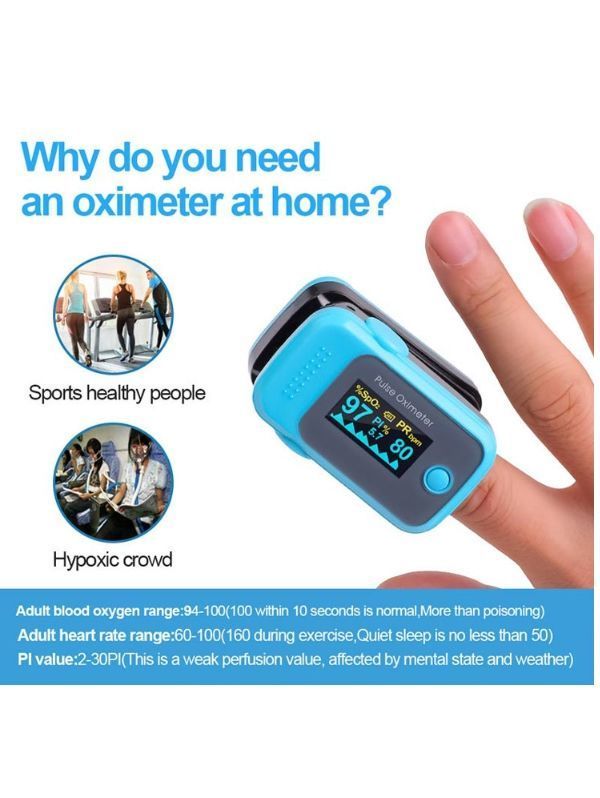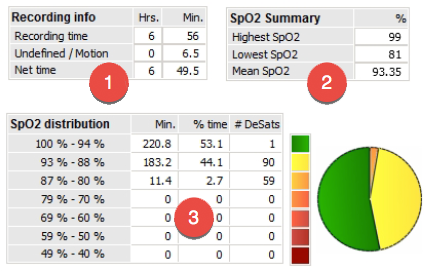- What Is A Normal Pulse Level Chart
- Normal Pulse Levels In Adults
- Normal Pulse Level
- Normal Pulse Level In Corona
- What Is Normal Pulse Level In Adults
- Normal Pulse Level For Male
If your oxygen level in blood is more than 90%, you probably are worrying unnecessarily
A normal resting heart rate for adults ranges from 60 to 100 beats per minute. Generally, a lower heart rate at rest implies more efficient heart function and better cardiovascular fitness. For example, a well-trained athlete might have a normal resting heart rate.

Under normal circumstances, the oxygen level in your blood should range from 95%-100%. Sometimes oxygen level is less than 95% and more than 90%. This might be due to factors that can be reversed e.g.
- Less oxygen concentration in your proximity
- Higher altitudes
- Temperature extremes
- Exertion
However, if you have COPD or other lung issues, then the oxygen level in your blood should be around 88-92%. Below 88% can cause the shutting down of vital organs.
Why do I need oximeter
- Apr 02, 2021 Your pulse oximeter will show you your oxygen level as “SpO2.” Normal oxygen levels are at least 95%. Some patients with chronic lung disease or sleep apnea can have normal levels of around 90%. If your home SpO2 reading is less than 95%, call your health care provider.
- According to Cleveland Clinic, the normal resting heart rate for a child aged six to 15 is between 70 to 100 beats per minute. Many factors can affect your resting heart rate, including your level.
An oximeter is a non-invasive device, which is attached to your fingernails to measure the pulse rate and blood oxygen level. It gives you the measurement of oxygen in your blood in the form of a percentage.
Why pulse oximeter is used?
- To check if a ventilator is working
- To monitor the oxygen level during and after surgery
- To check the oxygen level in a person having lung issues
- Measure the pulse rate and oxygen concentration in the people having breathing issues
- To monitor how much a person can tolerate physical exertion a
Pulse rate is the measure of heart beats per minute. It is typically used to determine the overall health and fitness. Learn the four charts here.
Each time the heart contracts to pump blood that is considered a heartbeat. Pulse rate is a measure of the number of heartbeats per unit of time and it is typically expressed as heartbeats per minute (BPM). It varies based on the body's requirement for oxygen, and as such the pulse rate is at its highest during periods of exercise and at its lowest during sleep.
Resting Pulse Rate
1. What Is Resting Pulse Rate?
Resting pulse/heart rate is the number of times that your heart beats per minute when you are at complete rest. It is a basic measure of your overall heart health and fitness level because it represents how much work your heart has to do when you are inactive.
If you have a good fitness level, your heart does not have to work as hard to pump blood throughout your body. This is characterized by fewer heartbeats per minute and a lower resting pulse rate. Based upon your age, there are resting heart rate standards that medical professionals use to gauge your health and fitness levels.
2. Resting Pulse Rate Chart

Table 1 shows the normalized ranges for resting pulse rate (BPM) based upon the age of the individual.
What Is A Normal Pulse Level Chart
Table 1: Resting Heart Rate Chart

Age | Beats Per Minute (BPM) |
|---|---|
Newborns (0-3 months) | 100-150 |
Infants (3-6 months) | 90-120 |
Infants (6-12 months) | 100-160 |
Children ages 1-10 | 70-130 |
Children over age 10 and adults | 60-100 |
Well-conditioned athletes | 40-60 |
Maximum Pulse Rate
1. What Is Maximum Pulse Rate?
Max heart/pulse rate is the highest number of heart beats that the heart contracts in a minute. Typically, Max HR is utilized as a measure of training intensity and to estimate the level of fitness. Max HR should be measured during physical activity to gauge whether the physical activity is sufficient to raise the heart rate and to make sure that the heart rate is staying within an acceptable range.

Normal Pulse Levels In Adults
Max HR can be determined either by measuring the heart rate after completing physical activity on a treadmill (stress test) or using a standard formula that is based on age and sex. The stress test should be administered by a licensed clinical professional.
Below is the formula to determine Max HR based on the sex and age of the individual:
- Max HR for Women = 226 - current age
- Max HR for Men = 220 - current age
2. Maximum Pulse Rate Chart
Normal Pulse Level
Table 2 shows the Max HR Chart is based upon the formula above for both men and women.
Table 2: Maximum Heart Rate Chart
Age | Maximum Heart Rate |
|---|---|
20 years | 200 |
30 years | 190 |
35 years | 185 |
40 years | 180 |
45 years | 175 |
50 years | 170 |
55 years | 165 |
60 years | 160 |
65 years | 155 |
70 years | 150 |
Target Pulse Rate
1. What Is Target Pulse Rate?
Target pulse/heart rate is defined as the rate at which the heart pumps blood throughout the body during workouts in order to safely maximize the cardiovascular benefits from the activity.
Normal Pulse Level In Corona
The optimal target heart rate is approximately 50-85% of the maximum heart rate. Strenuous physical activities that cause the heart rate to become elevated above 85% of the Max HR may place people at risk for cardiovascular and orthopedic injuries. It is important to consult your healthcare provider before beginning a new exercise regimen because strenuous physical activities can raise the pulse rate in excess of the target heart rate zone.
What Is Normal Pulse Level In Adults
2. Target Pulse Rate Chart
Often the target heart rate is 50-85% of Max HR, so according to the formula (Max HR for men= 220-age), the target pulse rate for men is shown below.
Table 3: Target Heart Rate Zone Chart
Age | Target Heart Rate Zone (50-85% Max HR) |
|---|---|
20 years | 100-170 |
30 years | 95-162 |
35 years | 93-157 |
40 years | 90-153 |
45 years | 88-749 |
50 years | 85-145 |
55 years | 83-140 |
60 years | 80-136 |
65 years | 78-132 |
70 years | 75-128 |
By comparing your pulse rate during physical activity to the Target Pulse Rate Chart (Table 3), you can determine whether you should decrease or increase your workout intensity for the greatest cardiovascular benefits.
You should keep in mind that Target Pulse Rate is merely a guide because each person may respond differently to physical activity. It is more important to pay close attention to how you feel while you are exercising, specifically whether you are breathing harder or your heart is beating faster than you would expect, given the intensity of the activity as well as muscle fatigue.
3. Fitness Target Pulse Rate Zone
Target zone can be established for each exercise and it is used to determine whether the exercise is optimized for you. The target zone varies based on the intensity level of the exercises (Table 4).
Table 4: Fitness Target Heart Rate Zone
Levels of Exercises | Benefits | Max HR (%) |
|---|---|---|
Light Exercise | Maintenance for healthy heart | 50% - 60% |
Weight Loss | Burn fat and calories | 60% - 70% |
Base - Aerobic | Increase endurance and stamina | 70% - 80% |
Conditioning | Fitness conditioning, athletic training and muscle building | 80% - 90% |
Athletic - Elite | Athletic training and endurance | 90% - 100% |
What Causes Heavy Breathing?
Normal Pulse Level For Male
Heavy breathing usually occurs after an intense workout, but sometimes this condition can also be a symptoms of a medical concern.
